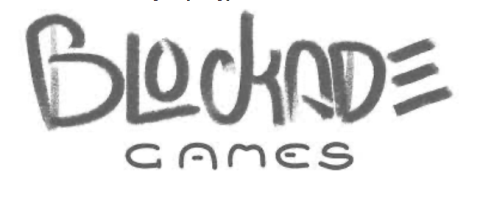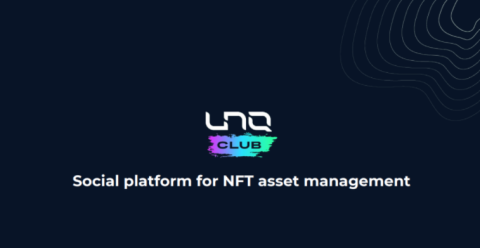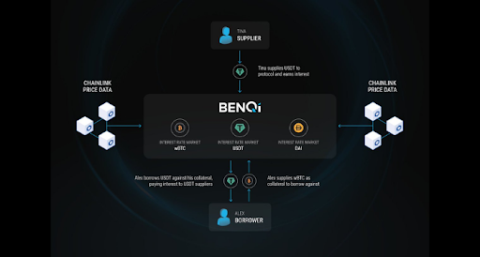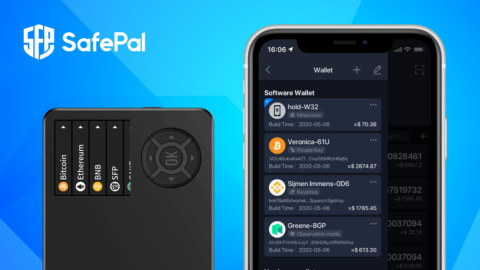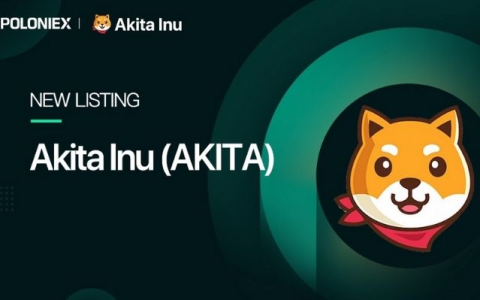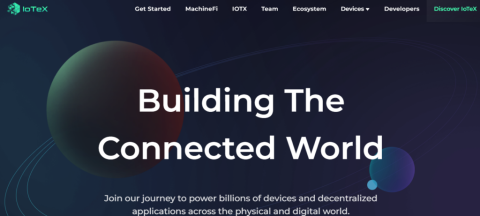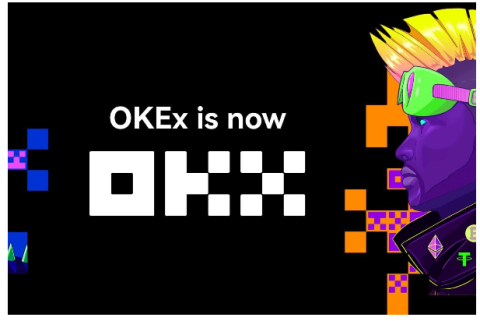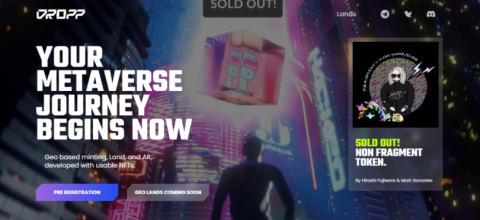What is thena? Discover the outstanding features of Thena and THE . token

Ngoài PancakeSwap, hệ sinh thái BNB Chain còn có một AMM khác có TVL đạt 150 triệu USD chỉ sau hai tháng ra mắt, dự án này được gọi là Thena.
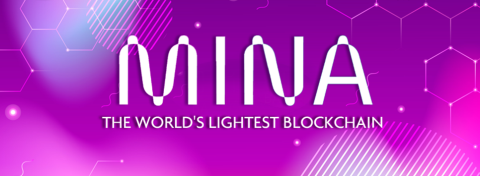
Mina Protocol is a “condensed blockchain” to the bare minimum, built to limit computational requirements so that Dapps can run more efficiently. Mina is described as the world's lightest blockchain because its size is designed to remain constant, even with growth in usage. Furthermore, the protocol maintains a balance of security and decentralization. In addition, the project was renamed from Coda Protocol to Mina in October 2020.
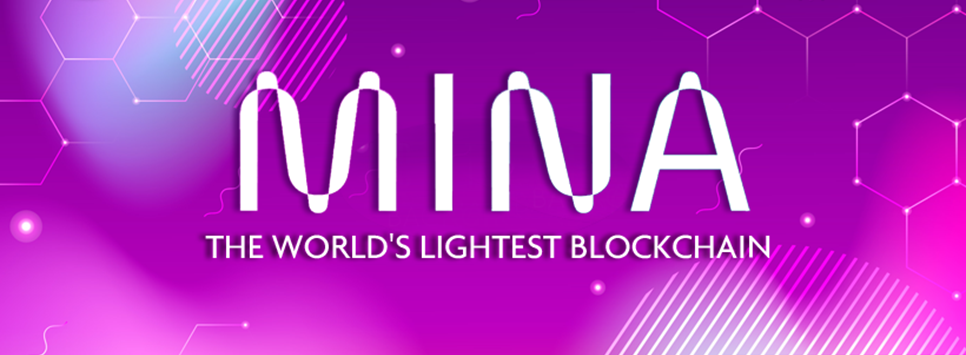
According to current statistics, Mina Protocol's blockchain weighs only about 22KB, compared to Bitcoin's network (about 300GB), this is an amazing number.
The Mina team is working to create a decentralized and efficient payment system that allows users to verify the platform internally right from the genesis block (initial block).
This protocol uses Zero-Knowledge Succinct Non-Interactive Arguments of Knowledge (zk-SNARKs), a cryptographic proof that allows users to authenticate information without disclosing it. However, allowing users to trace the platform back to its genesis block may not be practical for a large network. So Mina gradually calculates the SNARKS focusing only on the last few blocks. That is, the end user checks the compressed zk-SNARK proof, instead of the entire block's transaction history.
The crux of the Mina project is the MINA coin, the protocol's native currency, which functions as both a utility coin and a medium for transactions.
Mina works similar to Bitcoin, in addition to processing transactions, Mina also uses the account model used in Ethereum. In this respect, the difference between Bitcoin and Ethereum is that the state of the Bitcoin blockchain contains a list of unspent coins, while the state of Ethereum is made up of account balances.
On the other hand, Mina uses a validator node (or snarker), the equivalent of a miner, to ensure that each block validates against the state of the chain. In addition, Mina uses Ouroboros Samasika, a type of PoS consensus mechanism specifically designed for lightweight decentralized networks because it provides bootstrapping from a genesis block.
Shortened blockchains contain 2 main functions: Verification and updating. The verification step will use the consensus protocol, blockchain and blocks summary information, while the update function will interact with the consensus protocol and summarize the chain information. In addition to the above implementation steps, the project also uses state parallel scanning algorithm to optimize transaction processing speed, which works by grouping unconfirmed blocks together and assigning processing This tells the attestation nodes to run parallel to the main chain.
Mina is focused on revolutionizing the current state of blockchains, where most platforms have verification algorithms that use roles such as miners, stakers, and light application nodes acting as parties. third when verifying the transaction. Mina approaches the problem in a different way, which is to encourage multiple participants, each handling a specific function, creating a completely decentralized network.
The 3 main objects in Mina Protocol's network include:
Verifier buttons – Verifier
The validator node interacts with zk-SNARKS to confirm the information needed for the consensus protocol. Each user of the Mina protocol is considered an authenticator, as long as their device can handle a 22KB string and withstand a few millisecond processing times.
Block Producer Buttons – Block Producer
Block generation nodes operate as stakers or miners and earn block rewards and transaction fee payments. What's interesting here is that the protocol doesn't cut incentives for block generating nodes. This participant category allows Mina users to delegate their funds to these nodes.
In addition to aggregating transactions into blocks, block generating nodes must also SNARK a transaction volume equal to the previously committed amount. The reason is that failure to complete the work during block generation will result in incomplete blocks and other nodes will reject their validity.
If a block generating node wants to combine 10 on-chain transactions, they must also SNARK pending transactions. However, they have the choice between creating SNARKs or using existing SNARKs created by a special group called the Snarkers.
Attestation Buttons – Snarker
Snarkers, also known as attesting nodes, generate zk-SNARKs that are used in verifying transactions. Block generators pay snarkers from the aggregate transaction fees they receive to generate new blocks. However, to be eligible for the fee, they must post a bid. Note, a snarker's zk-SNARK needs to be used in a block, and the block node that uses it will be responsible for paying for that snarker.
This creates a vibrant business where multiple validating nodes can post bids for the same transaction. On the other hand, block generators participate in order to profit, so naturally they will choose the lowest bid. Therefore, snarkers are always competing to create low-cost SNARKs.
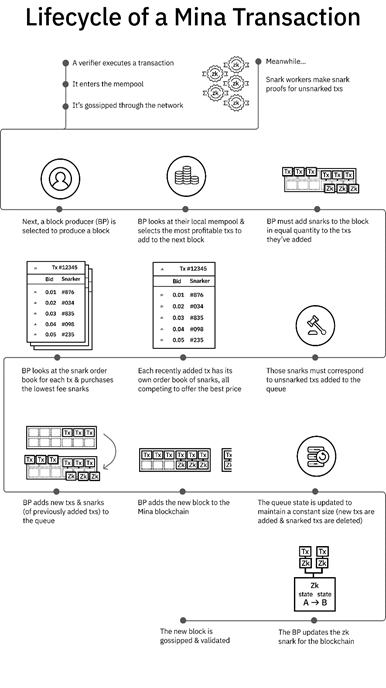
This process begins when a user initiates a transaction, which then goes to the mempool, a pool of valid but unconfirmed transactions.
Next, the snarkers take over by creating proofs (or SNARKs). This process will continue until the selection of a block generating node (BP - Block Producer) to aggregate transactions into a block. It should be noted that BPs will prioritize sifting the mempool to find deals that are profitable for them.
Then, BP chooses SNARK according to the rules in the consensus mechanism. Note that a block generator will filter through the bids to find the lowest price SNARK. In addition, newly added transactions will be updated in the order book of SNARKs (SNARKS Order Book).
Next, the SNARKs will be integrated into a block, then the new block will be added to the chain, and the network will be updated. Authenticated transactions are removed from the chain to help keep the size of the protocol constant.
The block generating nodes then upgrade the protocol's zk-SNARKS.
Finally, the new block becomes a permanent part of the chain.
Because Mina uses a variant of Ouroboros Proof of Stake, the block rewards and transaction fees are distributed proportionally to the current stakes (assuming everyone in the network is staking). Therefore, assuming high stake participation, any inflation in the protocol is canceled out by the stable return in the protocol which will ensure that the currency holdings of the accounts are constant.
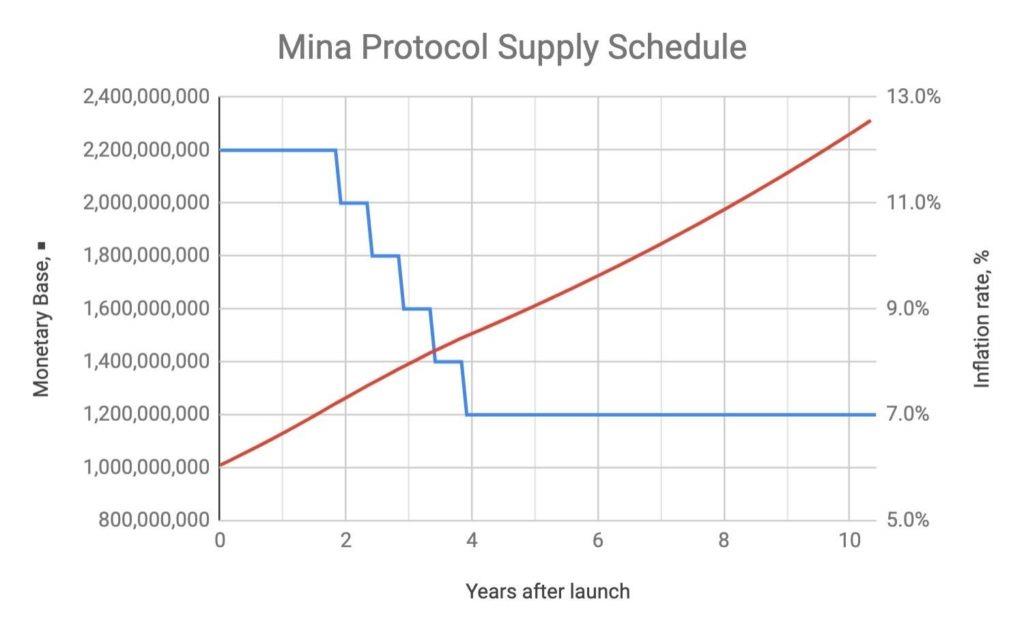
However, those who do not choose to stake or trust will have limitations compared to others. To promote participation in staking, Mina's projected inflation will start at 12%. Then, for the first 5 years, the inflation rate will drop to 7%, and remain at 7% by default, subject to changes through the chain's governance.
The main consideration when lowering the inflation rate is to determine if the reward is higher than it should be, to ensure that the block generating nodes have enough incentive to validate without asking for an excessive fee increase.
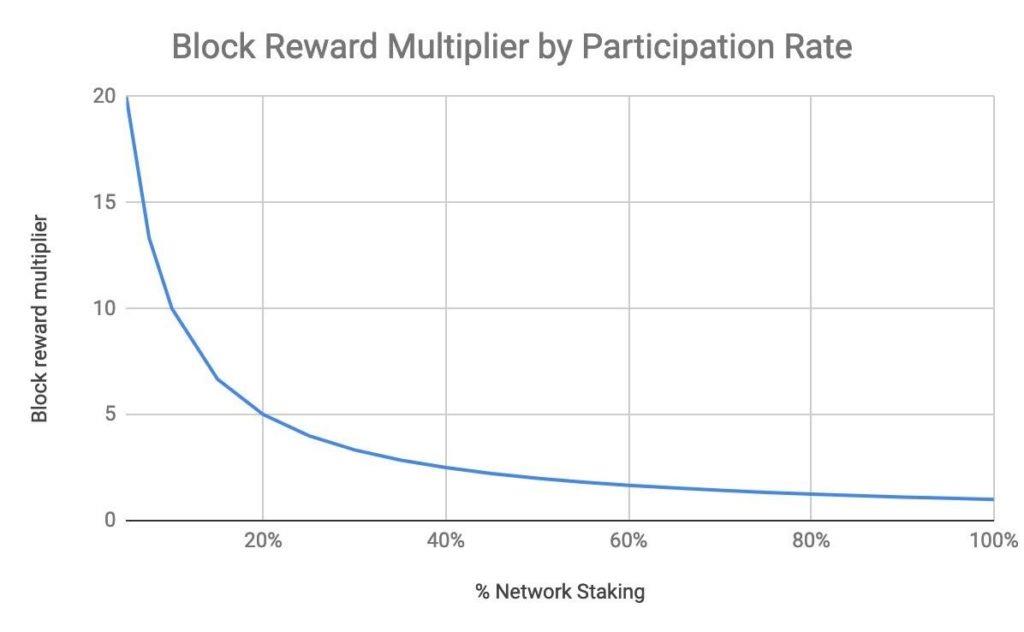
It is also important to design how monetary policy can foster the continued growth of a decentralized network like Mina. Inflation, in the form of block rewards, is used to protect the chain against attacks by incentivizing validation for block generating nodes. However, security is not the only requirement with a new network. More specifically, the long-term maintenance and improvement of the protocol will also be costly to deal with. So, Mina Protocol created the most suitable mechanism for this, that is, creating special block rewards, distributed to the recipients, determined by the governance of the chain.
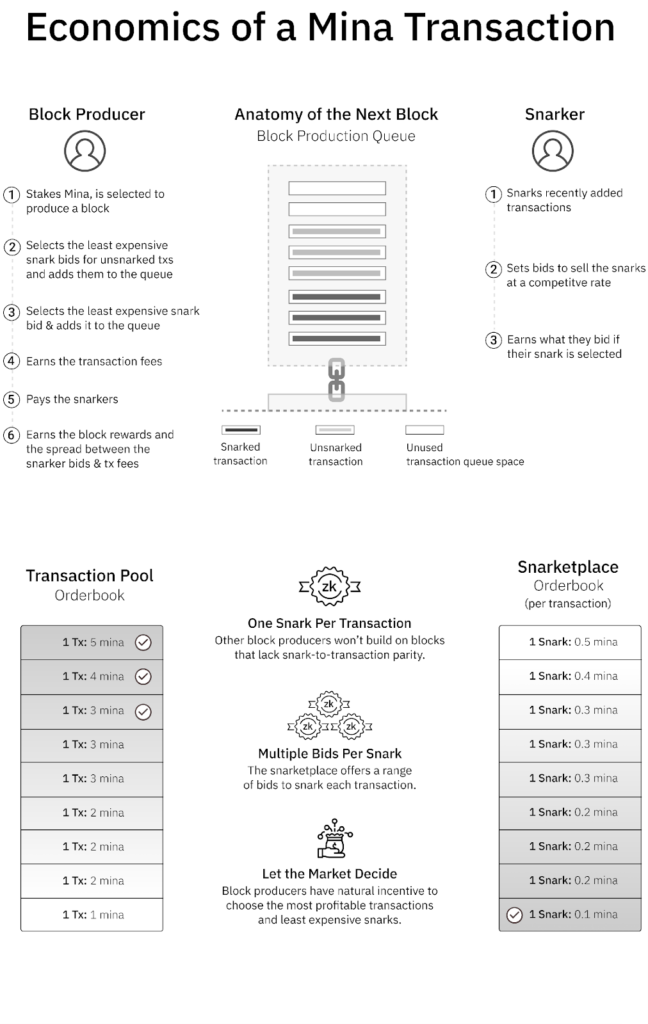
As mentioned above, users can participate in making money on the Mina network by participating in the following ways:
o(1) Labs raised $3.5 million in seed funding in May 2018 to begin development of Mina (then known as the Coda protocol), as well as the next round of $15 million in April 2019. The network has been in the public testnet phase since mid-2019.
On March 24, 2020, Mina launched Genesis, a token program that allows participants to become the network's first block generators and helps ensure high decentralization at the launch of the mainnet.
On August 1, 2021, the Mina development team welcomed Evan Shapiro and others to the team. Their focus is on raising awareness of Mina's technology, attracting the next wave of individuals and partners who want to participate, and building the community infrastructure and technical architecture for Mina to last. can lead to self-directed development.
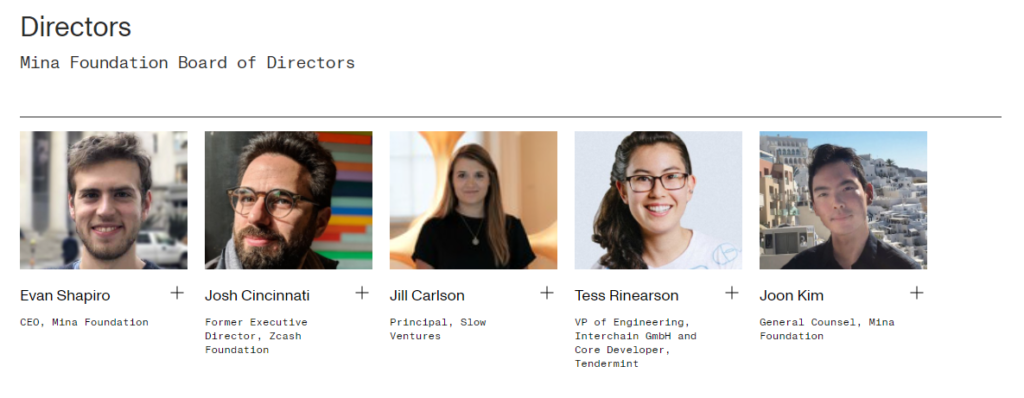
Along with an excellent board of directors including Josh Cincinnati (former member of Zcash Foundation), Jill Carlson (of Slow Ventures) and Tess Rinearson (of Interchain GmbH), the project has a seasoned team that has led the way Lead and deliver these initiatives:
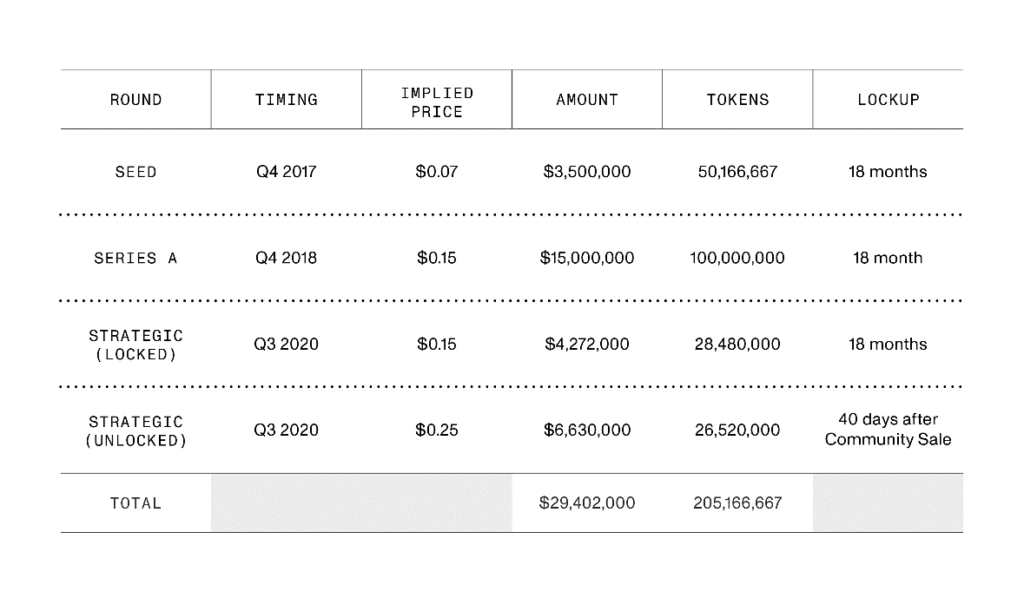
Mina raised a total of $44.7 million in funding over 4 rounds. Their latest funding was raised on 05/05/2021 from the ICO round. Investors include High Naut Capital, Three Arrows Capital, Bixin Ventures, Accomplice, Coinbase Ventures, General Catalyst, Paradigm and several others.
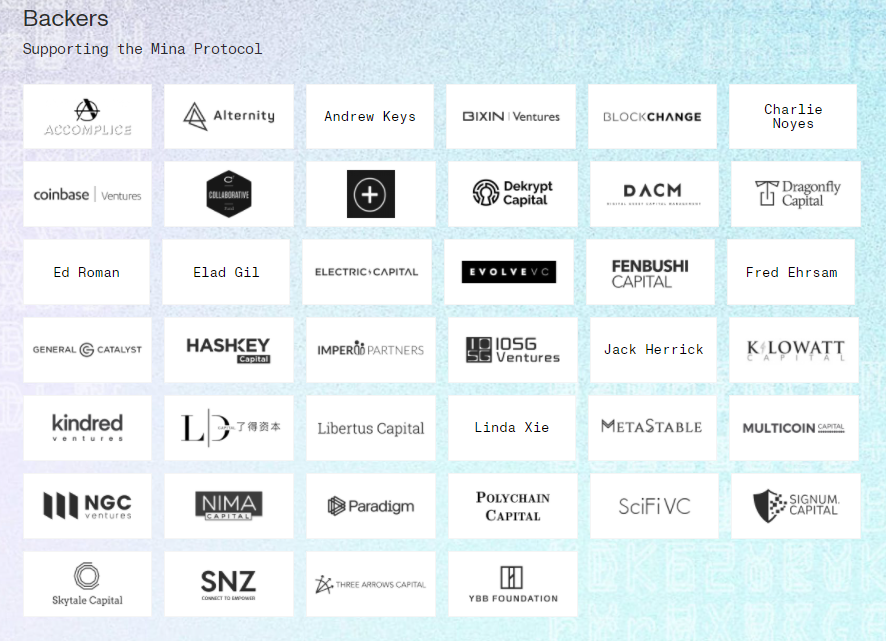
The token of Mina Protocol is the MINA token, similar to the native tokens of other blockchains, it also represents ownership of the network. Tokens will be used to pay for transactions and new MINA will be minted to pay block generators to synthesize new blocks. This incentive mechanism will be important for different participants to coordinate and work together in a decentralized manner.
Besides being the network's native token, the MINA token can be used to transfer values, act as collateral or anything a digital store of value is capable of.
The initial 1,000 founding members will be selected to receive a total of 66,000 Mina tokens by completing challenges on the testnet to strengthen the network. When the mainnet goes live, the original founding members will also have the initial block making nodes of the network, because they have the knowledge needed to stake tokens.
Mina is giving up 6.7% tokens to initial founding members. “The Genesis program allows us to build a community of participating members who are helping to set the rules of the ecosystem,” said Mina CTO and co-founder Izaak Meckler. Such engagement is essential to building an infrastructure that serves the needs of its members.”
Estimated staking payment schedule in 96 months:

MINA token circulation schedule:
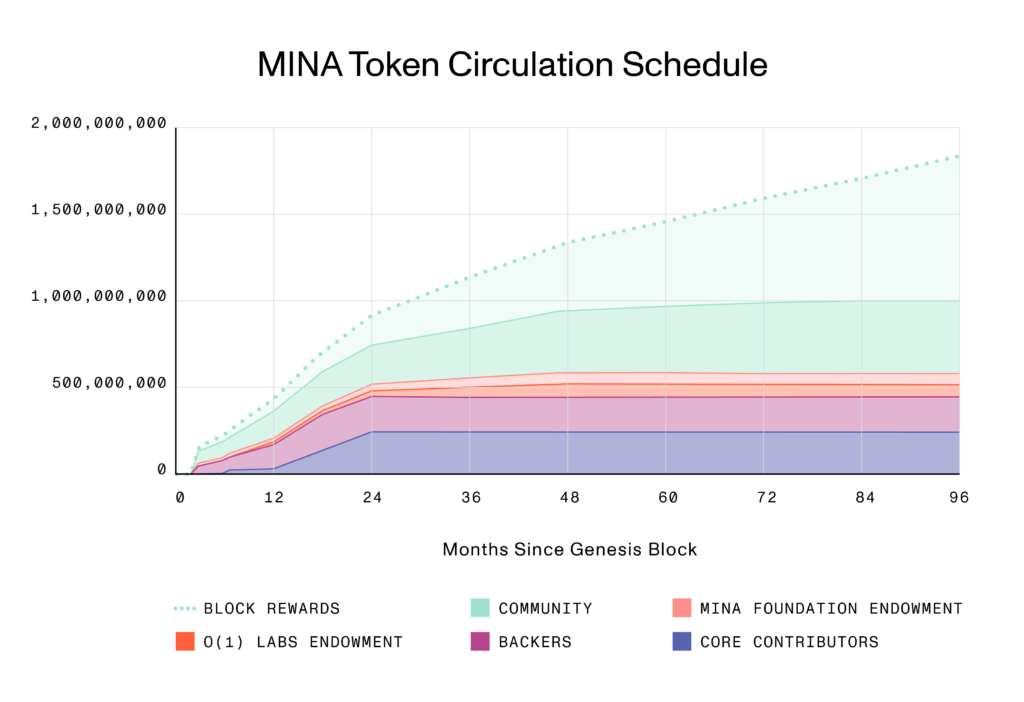
Token allocation rate in the first issuance:
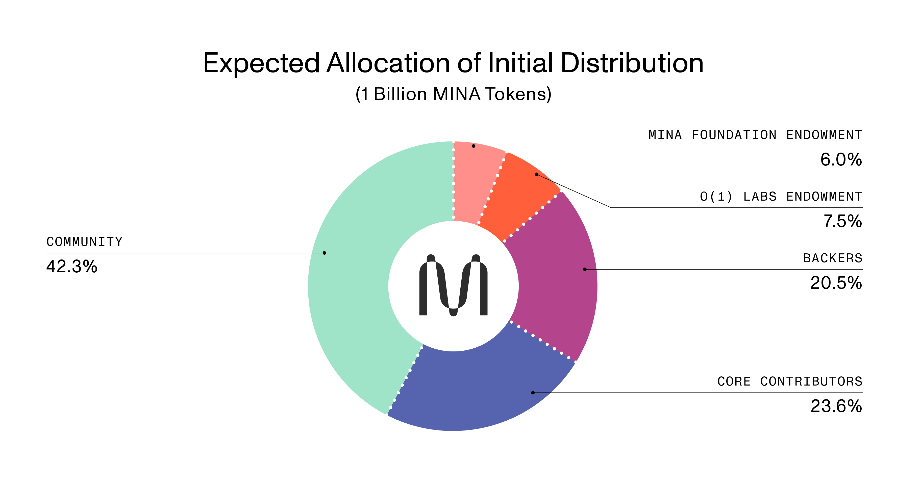
Estimated token allocation for 4 years after the Genesis event:
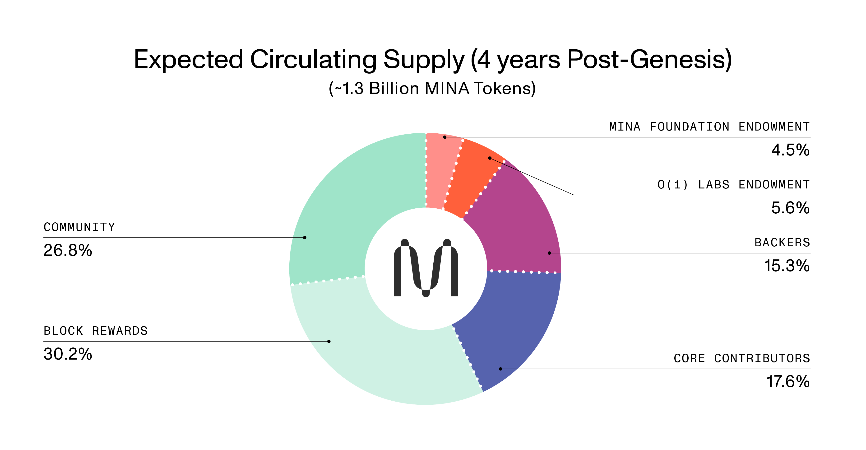
Unlocking schedule for investors:
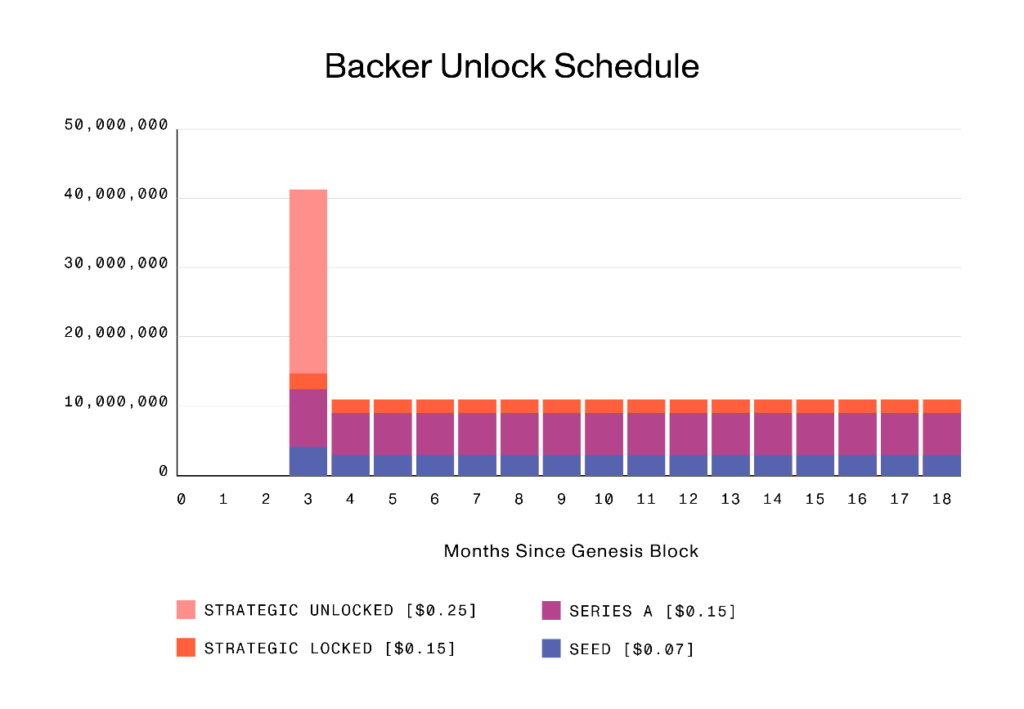
Currently, the MINA token has the following basic functions:
Currently, the MINA token is available on most major exchanges such as Binance, Gate.io, CoinList Pro, Kraken, OKEx, MEXC and others.
On December 25, 2021, the Mina platform had a remarkable growth in the number of staking participants. Specifically, within just 2 hours on December 25 (from 07:00 to 09:00 am), the number of stakers on the network increased from 14,902 to 15,493 people (up 3.96%). This number today (January 14, 2022) remains the same.
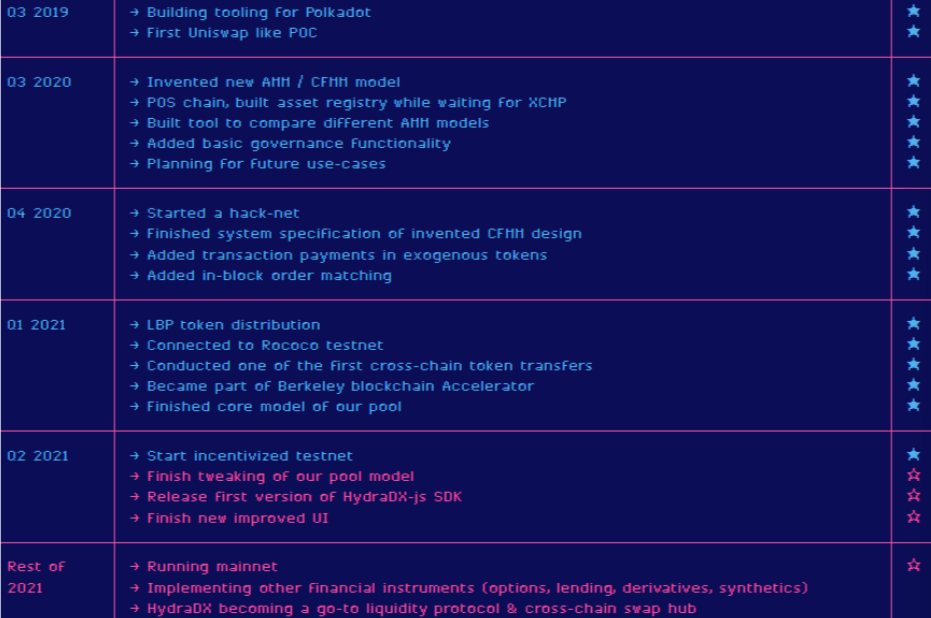
Currently, in addition to entrusting MINA tokens to validators on Mina Protocol, MINA holders can stake on 2 wallets, Clorio and Auro Wallet. In particular, Auro Wallet is considered to have a more user-friendly interface, as well as paying APY (in theory) up to 24%.
Most blockchain projects built on solid technology platforms like Mina Protocol have shown to be stable long-term investments. Most crypto researchers consider Mina Protocol to be one of the most advanced blockchains on the market, so it can be said that the MINA token is a potential investment. However, investors still need to carefully study the project before speculating.
The use of zk-SNARKS allows to verify the state of the Mina protocol without exposing the contents of the blockchain, thereby providing a better censorship-resistant platform. Furthermore, zk-SNARKS greatly contributes to maintaining a constant size network, allowing for increased scalability, security, and distribution. The roles of the main participants in the network (such as snarkers, block generators, and verifiers) with different protocol functions are well organized. Is Mina Protocol the next solution for future payment platforms?
If readers want to know more details about the Mina Protocol project, please visit the media channels below:
Website | Project Information | Twitter | Telegram | Medium | Reddit | Discord
Ngoài PancakeSwap, hệ sinh thái BNB Chain còn có một AMM khác có TVL đạt 150 triệu USD chỉ sau hai tháng ra mắt, dự án này được gọi là Thena.
Blockade Games provides a platform that allows developers to create blockchain games. In addition, Blockade Games also creates many interesting free games.
UNQ Club is a project that provides a blockchain platform that allows investors to collect and manage existing NFT assets.
BENQI is one of the important pieces of the Avalanche ecosystem. Join TraderH4 to find out what BENQI (QI) is as well as detailed information about the QI token.
In addition to a cryptocurrency storage wallet, SafePal is also known to many investors for its SFP tokens and airdrop events with attractive rewards.
The fever from Akita Inu in the Crypto market in the past time has created a great buzz along with the rapid development of the "dog house token".
What is IoTeX? This is a blockchain built and developed in conjunction with the Internet of Things (IoT). Join TraderH4 to learn this article.
What is OKB? OKB is an exchange coin of OKX and the OKX Chain blockchain. Let's learn about OKX and OKB exchanges with TraderH4 in this article.
DROPP GG brings an innovative and novel idea to provide an NFT mint platform based on geographies outside of the real world.
CronaSwap is a DEX built on Cronos Chain, which has a similar model to Uniswap.
